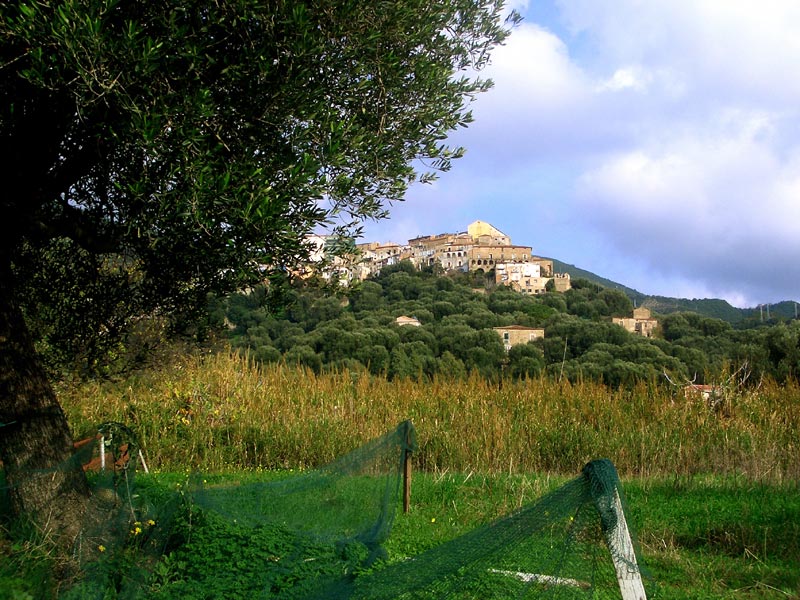Parco Nazionale del Cilento, Vallo di Diano e Alburni
www.cilentoediano.itPDO Extra-virgin Olive Oils
Entering in Cilento e Vallo di Diano National Park is like entering in a big olive grove: as a matter of fact, every Municipality, both in the mountains and along the coast, is rich in centuries-old and new olive trees. They give the landscape a velveted green color and ensure the local people an essential income since ancient times. The Park olive growers did not remain indifferent when, in 1992, the law 169 on the Designations of Origin was issued: as a matter of fact, they immediately started the procedures for the recognition of two designations: Cilento and Colline Salernitane. After a long course, they have been recognized by the European Union as PDO and have been valid since the 98/99 olive-growing campaign. Cilento PDO covers the southern and western area of the Park, while Colline Salernitane PDO covers the northern area of the Park.
The cultivation systems have never used insecticides in the production of oil olives. For this reason, the area is rich in certified holdings using organic methods: thanks to the new methods experimented in the Park, organic farming has considerably increased the quality of the extra-virgin olive oil produced here.
The Park territory can be divided into three homogeneous areas:
- Mt. Gelbison and Bulgheria area is the undisputed realm of the cultivar Pisciottana, a huge olive tree whose foliage can go beyond the 12 meters of diameter and 18 meters of height. In the last twenty years, the olive growers have planted several olive trees mainly belonging to the cultivars Frantoio and Leccino in order to overcome the harvesting problems given by Pisciottana. The production of olives in the new facilities with ecocompatible and/or biological systems has led to the production of oils with very high quality standards.
- Mt. Stella area and its slopes separate the productions facing the sea from the productions facing the river Alento valley. The former has a scarcely rainy climate, with the latter has a definitely colder and more rainy climate. This area is rich in organic farming products. The olives obtained from mainly historical cultivars grow on slopes which sometimes are very steep: therefore the agronomical practices are particularly difficult here.
- The Alburni and Valle del Calore area is a mainly mountain area, and the olive cultivations are present above all along the river valley. Unlikely the other areas, the climate is cold and rainy for the distance from the sea and the presence of high mountains. The area preserves its own great heritage, and the new facilities mainly use historical cultivars. The extra-virgin olive oil produced with the new varieties does not influence that much the peculiar features of the oil produced with historical varieties.










